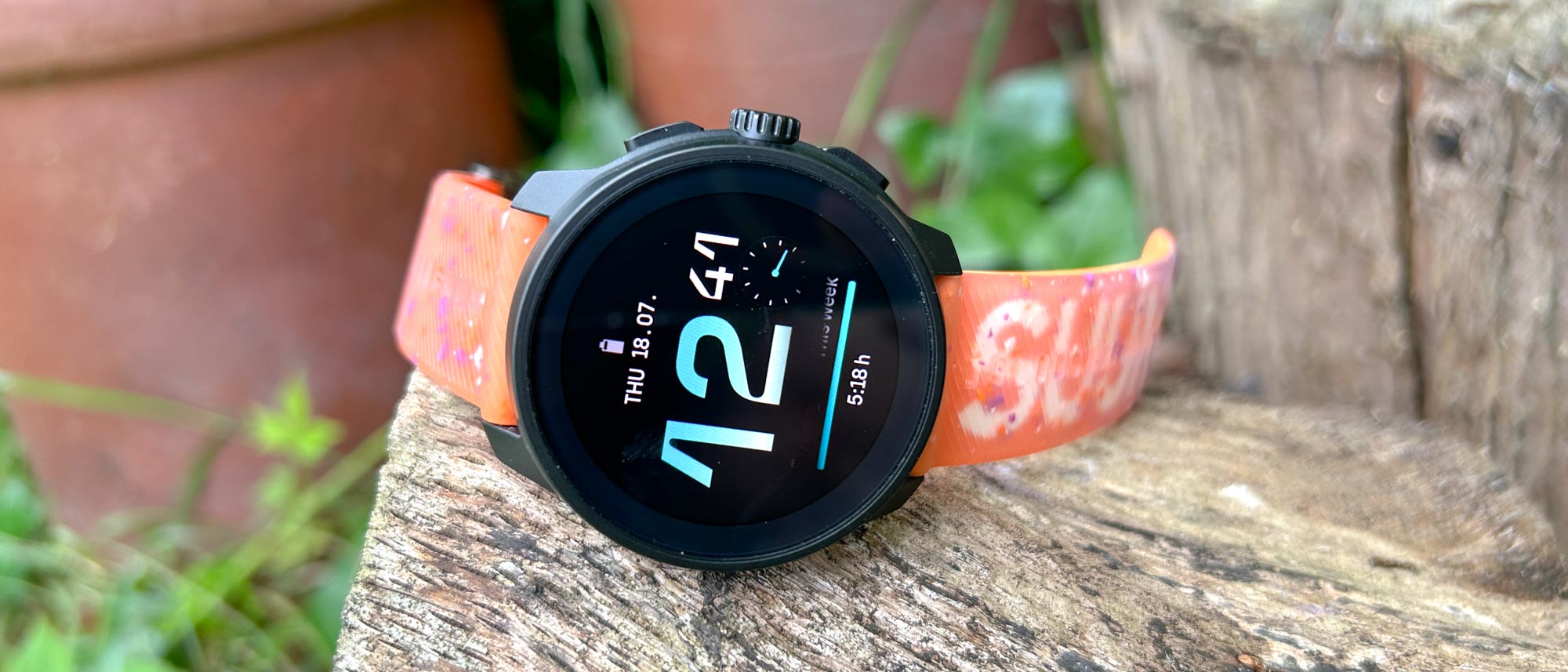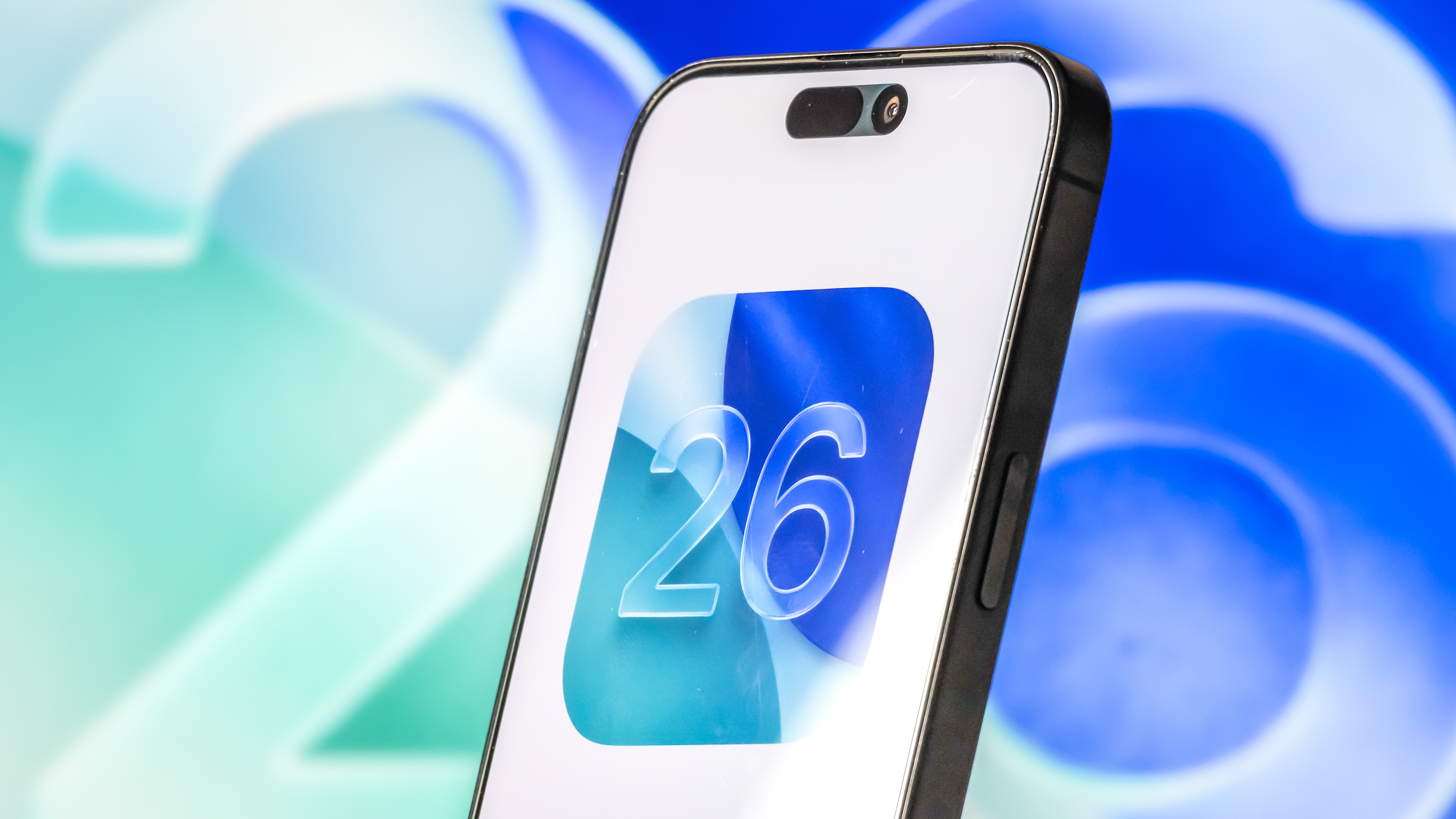Tom's Guide Verdict
The Suunto Race S is a good sports watch, offering even better value than the larger Suunto Race. While the best Garmin watches still offer more features and are more accurate, Suunto continues to improve in key areas, and the Race S is a compelling option for runners and triathletes who want an AMOLED watch.
Pros
- +
Bright AMOLED display
- +
Accurate dual-band GPS
- +
Offline maps
- +
Great value
Cons
- -
Lacks smart features
- -
Unreliable HR tracking
- -
Shorter battery life than Suunto Race
Why you can trust Tom's Guide
Display Size: 1.32 inches
Resolution: 466 x 466 AMOLED
Weight: 60g
Water resistance: 50m
GPS battery life: 9 days (watch mode), 30 hours (multi-band GPS)
Connectivity: Bluetooth
The Suunto Race S is one of the best running watches available, packing a range of impressive features into its small and attractive design. It brings the key features of the Suunto Race to a smaller watch that’s also much cheaper, and the Race S is one of the best value sports watches from any brand.
While there are still some areas where the Suunto Race S can’t compete with the best Garmin watches, such as smart features and training analysis, it undercuts top Garmins on price while impressing in key areas like design, navigation and GPS accuracy.
Suunto Race S review: price and availability
The Suunto Race S launched in June 2024 in six colors and costs $349 in the US and £325 in the UK, which is considerably cheaper than the Suunto Race, which is $449 / £389 for the steel model. The Suunto Race S is also a lot cheaper than the Garmin Forerunner 265, which is Garmin's mid-range AMOLED sports watch and costs $449 / £429.
Suunto Race S review: design and display
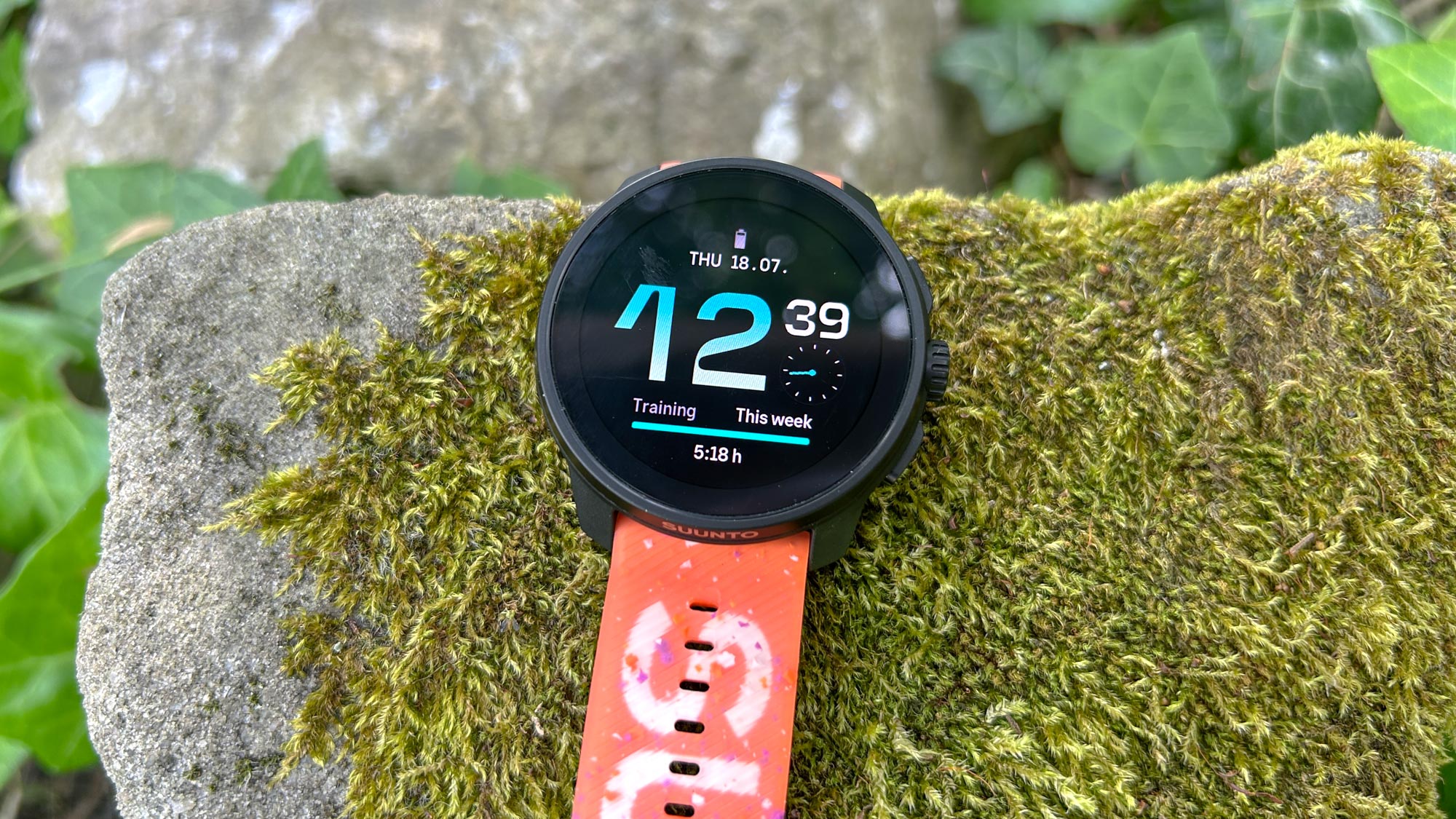
The Suunto Race S is a smaller version of the Suunto Race, with a 45mm case compared to the 49mm case of the S and the same three-button setup, with the middle button also being a digital dial.
There are some downgrades in materials for the cheaper watch though. The Suunto Race S only comes with a steel bezel, whereas there are steel and titanium models of the Race, and the Race S screen is made from Gorilla glass, not the sapphire crystal used on the Race. The Race S is also only waterproof to 50mm, as opposed to 100m on the Race.
It’s still a well-put together watch that feels very sturdy, however, and it is noticeably smaller, thinner and lighter than the Race. It also still has a bright AMOLED display with the same 466 x 466 resolution as the Race. The Race S screen is 1.32in compared to 1.43in on the Race, but I found it was still big and bright enough to be clear to read in all conditions.
There is always one upgrade on the Race S compared with the Race, which is that Suunto has used a new optical heart rate sensor on the cheaper watch, which is meant to be more accurate. The Race S also offers dual-band GPS tracking, like the Race, and it has 32GB storage for maps.
Get instant access to breaking news, the hottest reviews, great deals and helpful tips.
Suunto has also improved the user interface on the Race and Race S with upgrades that have allowed more watch face customization, and removed the lag that sometimes cropped up when I was navigating the menus on the Race.
Suunto Race S review: sports tracking and training analysis
The Suunto Race S is a comprehensive sports tracker with preset modes for any activity you’re likely to want, including triathlon and open-water swimming modes. You can also create your own sports modes to show the stats you want during workouts, but you can’t customize the data screens on the preset modes, which is odd — you can do this with every other sports watch brand I’ve tested.
Suunto also has a slightly off-beat approach to structured workouts, which you have to add as a ‘Suunto Guide’ to an activity once you’ve created them in the partner app, so you can then follow them during a workout. With other brands, structured workouts are a native feature to the sports modes, and easier to use as a result.
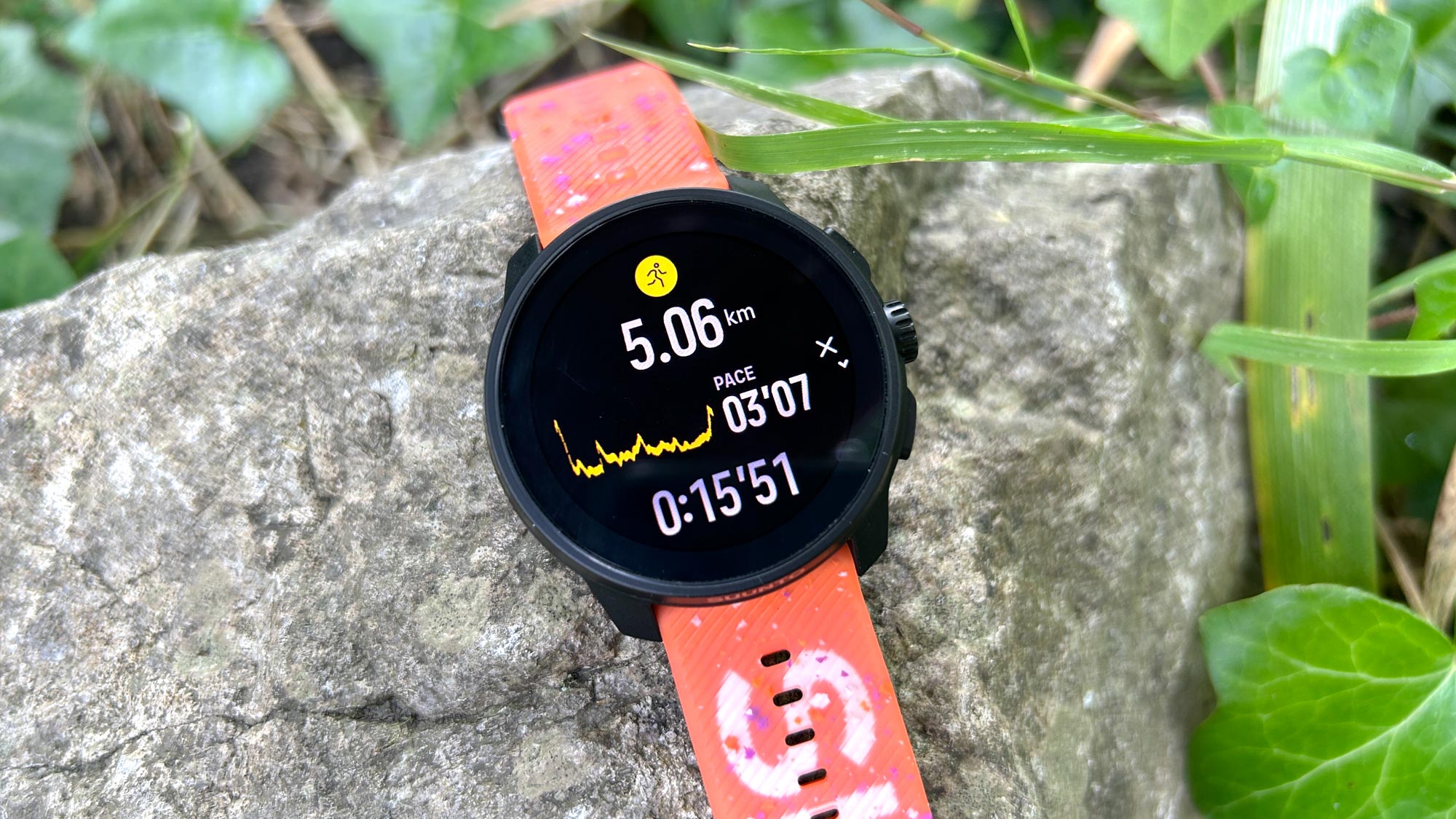
The training analysis on the watch is powered by TrainingPeaks and will help you keep your training load balanced by looking at your recent seven-day workload compared to the past 42 days. The terms and acronyms used are a little off-putting at first, especially if you’re a beginner, but once you get used to it the analysis is useful and in the app the Suunto Coach feature uses plain language to sum up insights into your recent workload. The Race S also estimates your VO2 max and predicts race times, though not with any great accuracy based on my use so far.
While Suunto’s quirks do make the day-to-day use of the Race S for sports tracking a little more complicated than it needs to be at times, it is an impressive sports tracker. The training analysis also provides some useful information, even if it doesn’t extend to features like a readiness rating or suggested workouts, which you can get from other brands.
Suunto Race S review: GPS and heart rate performance
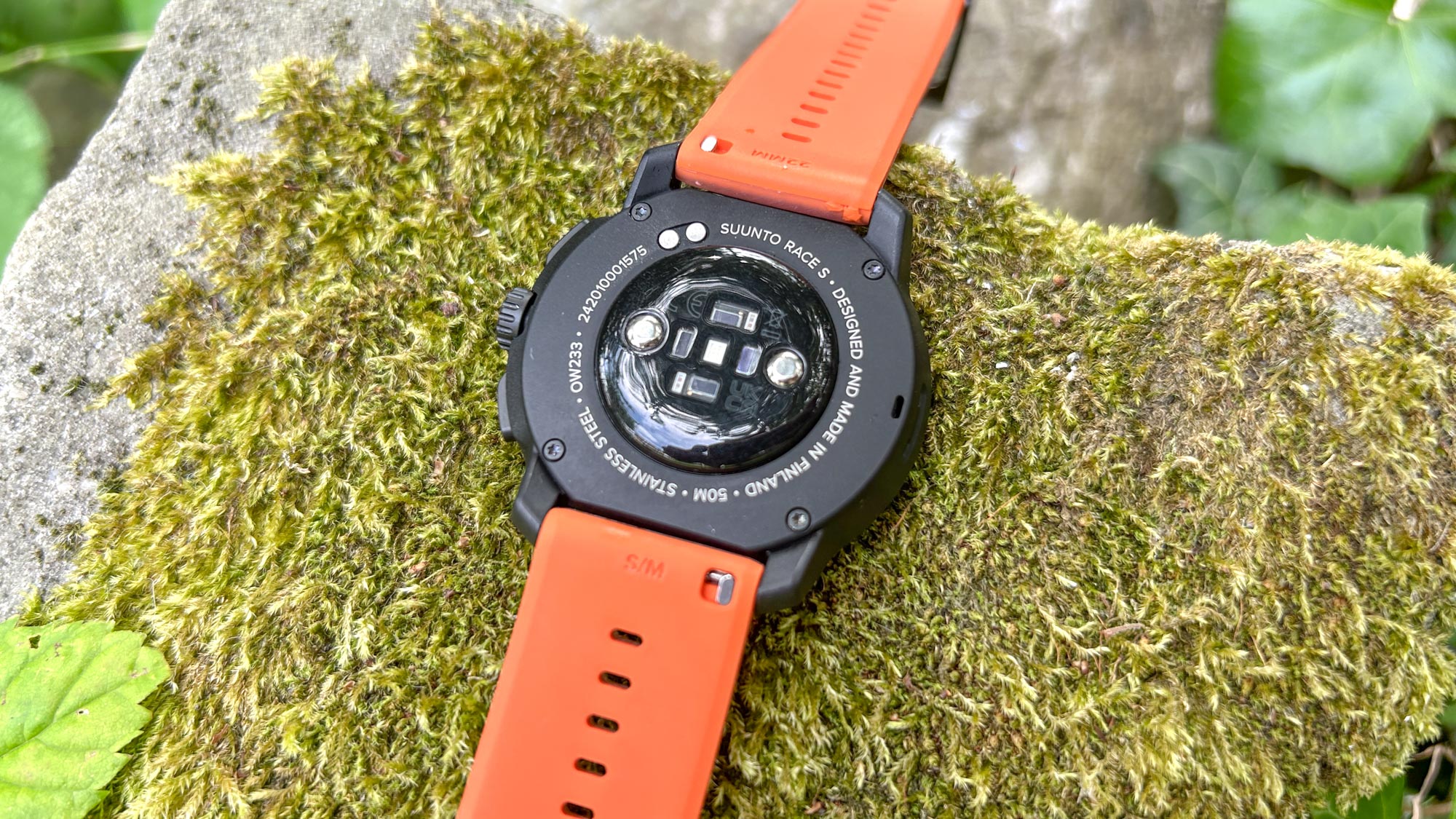
To gauge the accuracy of the Suunto Race S throughout my testing I compared it to a Garmin Forerunner 965 linked to the Wahoo TRACKR heart rate monitor chest strap, along with also wearing the Suunto Race at times. The Forerunner 965 and Suunto Race have proved to be accurate GPS trackers for me, while the Wahoo TRACKR is a reliable heart rate monitor.
I found that the dual-band GPS tracking on the watch was very good, matching up to the Forerunner 965 closely. When I looked over the GPS tracks I didn’t see any real errors, even when racing a 10K with lots of twists and turns in central London.
The only time the Race S went wrong was when doing workouts on a running track. You don’t really need accurate GPS here as the lines on the track show how far you’ve run, but other brands like Garmin, Coros and Apple have dedicated track run modes that deliver very accurate results.
Unfortunately, the heart rate accuracy was not as good as the GPS performance. I rarely had a run where the Suunto Race S heart rate reading didn’t go wrong, skewing wildly high or low compared to a chest strap. During all-out 5K and 10K races it often showed me in a low heart rate zone, while sometimes on easy runs it locked onto my cadence instead of my heart rate and read far too high as a result.
This is what I also saw with the Suunto Race and it’s a shame the new optical heart rate monitor hasn’t improved things for me on the run, though the Race S was pretty accurate for me during indoor bike rides, strength workouts and yoga sessions.
The unreliable heart rate readings will then skew the training analysis on the watch, so I eventually paired a chest strap to the Suunto Race S to get better data from my workouts. Note that you can only pair one sensor of each type to the Race S, which doesn’t show the name or the sensor when you pair, which is another minor annoyance that makes it a little harder to use than devices from other brands.
Suunto Race S review: activity and sleep tracking
The Suunto Race S will record your steps and calories burned throughout the day, and also monitor your ‘resources’ which are rated out of 100% and based on things like stress, sleep and workouts. It also keeps tabs on your blood oxygen saturation and tracks your heart rate variability (HRV) at night.
This HRV reading is then compared against a baseline to give a broad insight into the state of your body in the morning, which you can then use to judge how hard to push yourself that day in training. It stops short of the readiness stats you get from other brands like Garmin or Oura, but the recovery HRV stat is a helpful way to check in on yourself at times.
The sleep tracking on the watch breaks down each night into time spent in light, REM and deep sleep, and time awake in the night. I spotted several occasions where I was deemed to be in light sleep when I was awake, which extended the overall sleep times logged and increased my resources rating in the morning to unlikely levels — I have two young children, and have yet to consider myself at 97% recharged when they wake me up in the morning.
Suunto Race S review: battery life
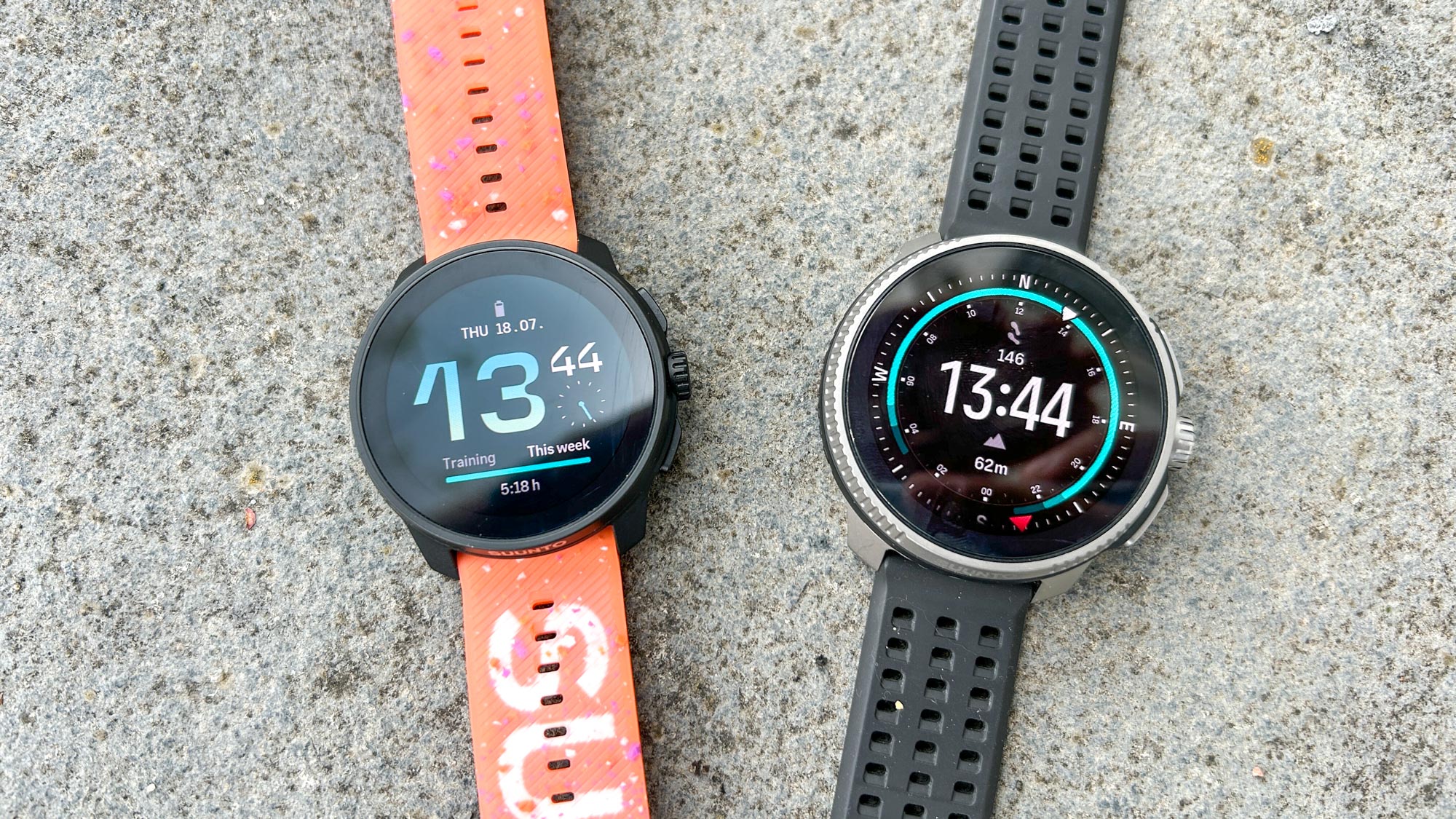
The Suunto Race offers outstanding battery life and lasted me a week on a charge even with the always-on display enabled and running every day with the dual-band GPS on. Understandably, the smaller Suunto Race S can’t match those numbers, but it did drop off more than I expected.
With the same use, running every day and with the always-on screen on, I usually had to charge the Race S every three or four days in my testing. Even if you set the screen to raise-to-wake it will only last five days with regular activity.
You can extend the battery life by turning off features like 24/7 heart rate monitoring and using less accurate GPS modes though, and given the small size and bright screen of the watch four days of heavy use isn’t bad, but the battery life is not a plus point for the watch like it was with the larger Race.
Suunto Race S review: maps and navigation
Suunto introduced offline maps to its range with the Race, and you get the same feature on the Race S. You have to download maps to the watch via WiFi using the app, and it takes about an hour to get set up with the areas you need, but once on the watch the maps are bright and easy to use when navigating using routes or just your breadcrumb trail.
A new feature introduced with the Race S is Climb Guidance, which will identify the climbs on your planned routes and give you info on them individually during a workout, so you can see how much further you have to go to hit the summit along with the gradient of the climb. It’s similar to the ClimbPro feature I love on Garmin watches, and it really helps you judge effort on long climbs so you don’t overdo it early on.
Garmin still leads the way on navigation features because its maps are routable, so you can create routes on the fly and the watch will automatically update a route for you if you go wrong to get you back on track. However, the maps on the Suunto Race S are more than good enough for most use cases, and it’s rare to find maps on a watch at its price, with Garmin reserving them for its top watches.
Suunto Race S review: smart features
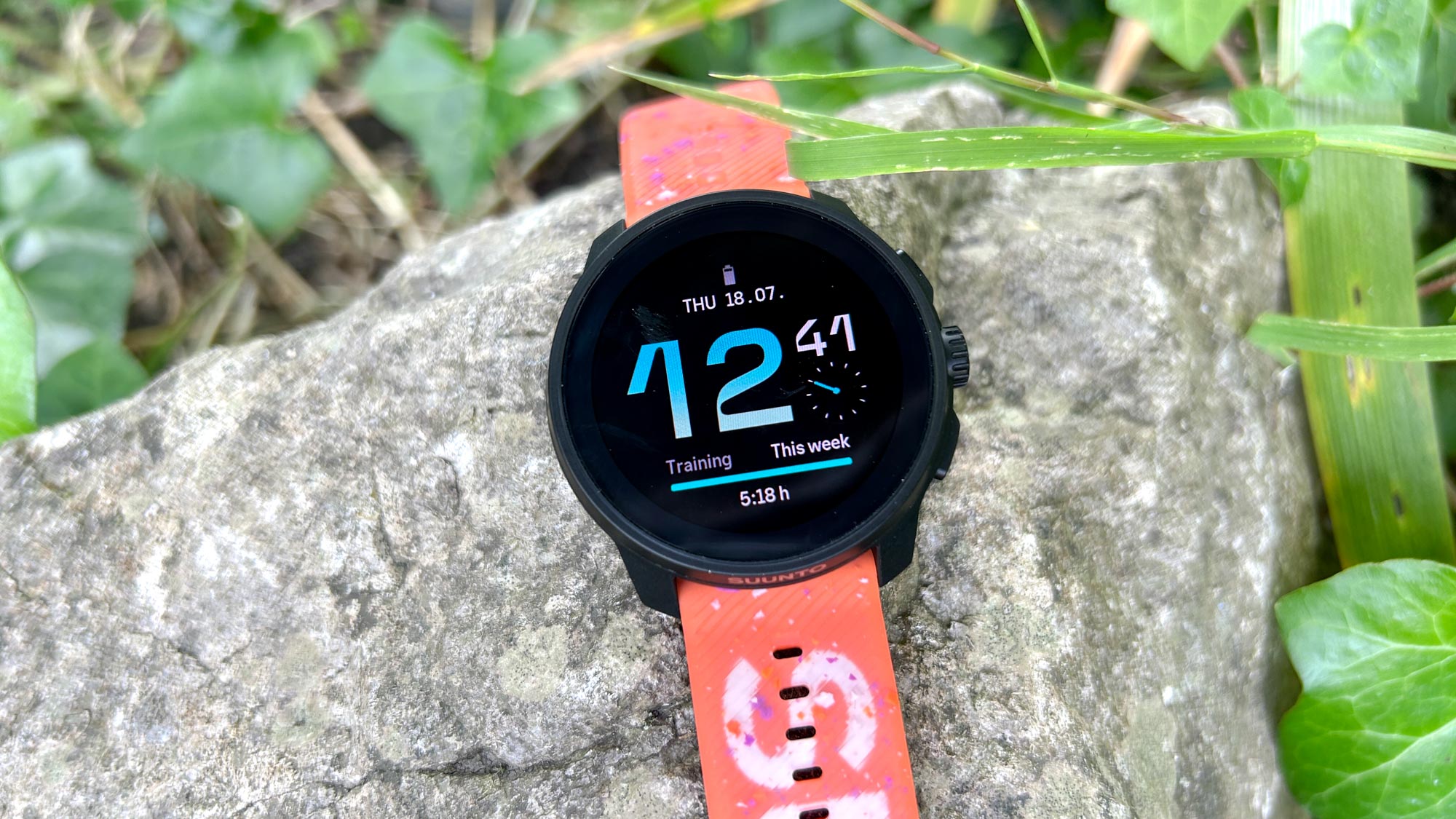
The Suunto Race S is very much a sports watch rather than a smart one, but you do get some basic smart features to go alongside its smartwatch-style AMOLED display. There is a weather forecast app and the watch will display your notifications, and you can control music playback on a linked phone using the watch.
There is no music storage on the watch though, which is a common feature now with Garmin watches, as are NFC payments, which again you can’t do with the Suunto Race S. Other sports watches are doing more to add smart features and while they aren’t essential on a sports watch, the lack of music storage in particular will be off-putting for people who want to train without carrying a phone with them.
Should you buy the Suunto Race S?
The Suunto Race S is a good sports watch at a good price, and it’s certainly worth considering if you want an AMOLED sports watch with maps. There are some notable flaws, such as the lack of smarts and the unreliable heart rate tracking, but the design is attractive and for the most part the sports tracking and training analysis is great.
For me, Suunto now sits as the ‘best of the rest’ for mid-range and high-end sports watches, offering better competition for Garmin than Polar and Coros. That’s mainly because of the value you get from the Race and Race S, which are much cheaper than the equivalent Garmin devices.
You will get more features and better user experience from top Garmins, plus useful smart features, which might make it worth upgrading if you value those features. However, the main competition to the Race S is the Forerunner 265, which doesn’t have maps, only breadcrumb tracking — a big loss compared with the Suunto.
A cheaper, entry-level AMOLED option is the Garmin Forerunner 165, which is a running-focused watch without a multisport mode or dual-band tracking, or the maps and level of training analysis you get on the Suunto Race S.

Nick Harris-Fry is an experienced health and fitness journalist, writing professionally since 2012. He spent nine years working on the Coach magazine and website before moving to the fitness team at Tom’s Guide in 2024. Nick is a keen runner and also the founder of YouTube channel The Run Testers, which specialises in reviewing running shoes, watches, headphones and other gear.
Nick ran his first marathon in 2016 and became obsessed with the sport. He now has PBs of 2hr 25min for the marathon and 15min 30sec for 5K. Nick is also a qualified Run Leader in the UK.
Nick is an established expert in the fitness area and along with writing for many publications, including Live Science, Expert Reviews, Wareable, Coach and Get Sweat Go, he has been quoted on The Guardian and The Independent.
